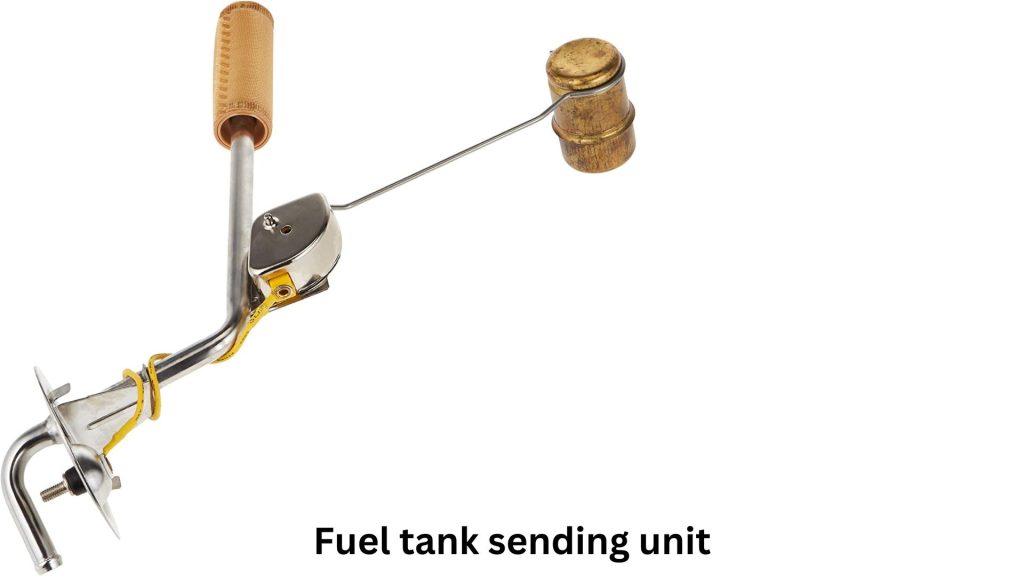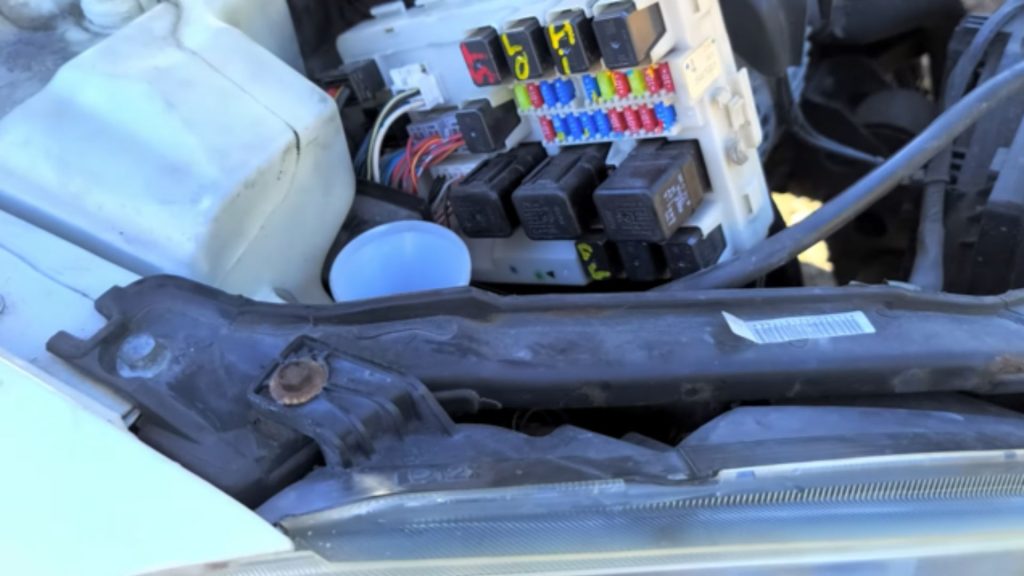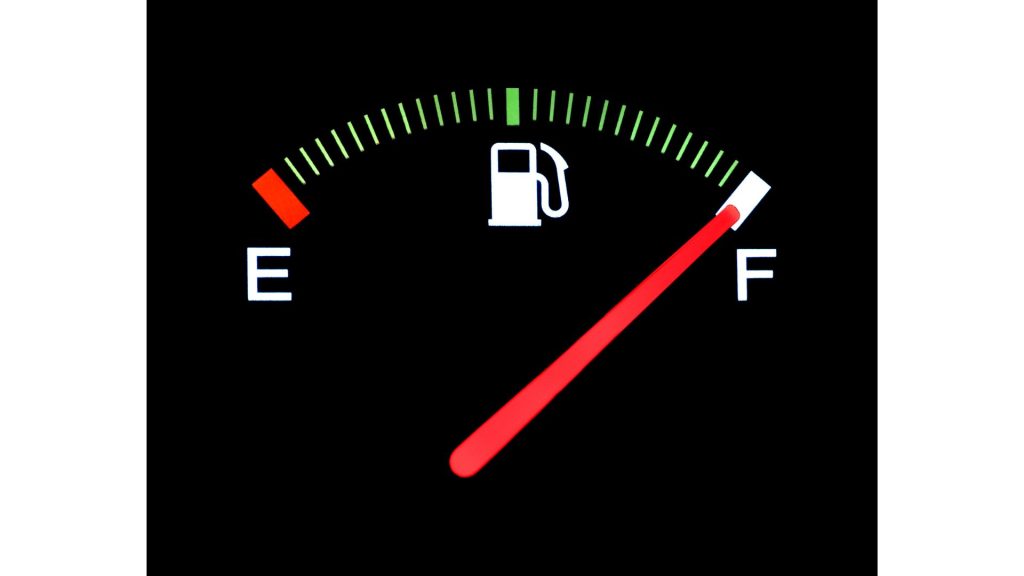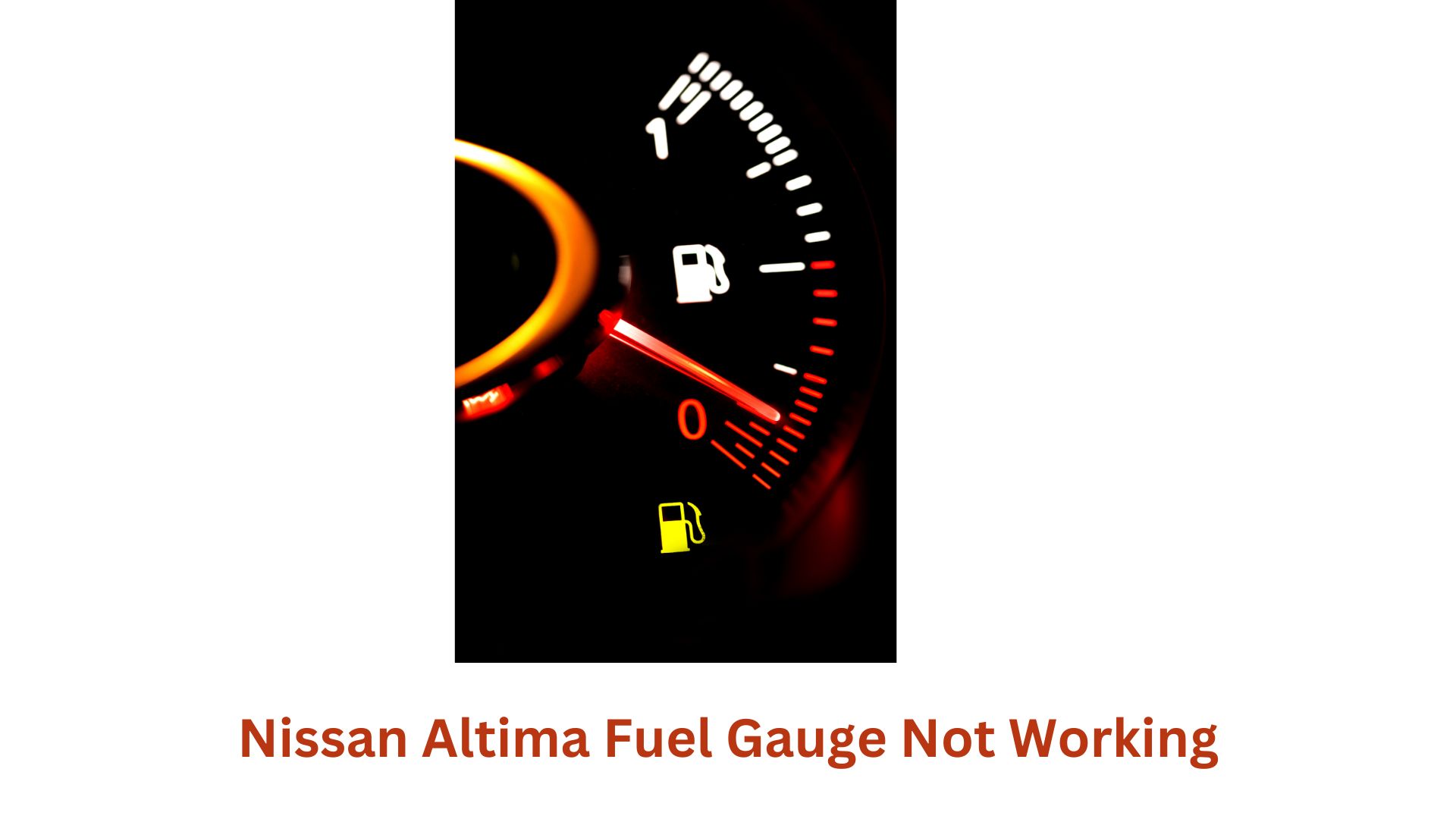You can’t drive a Nissan Altima with a dead fuel gauge. Or rather, you can, but it isn’t a good idea.
A fuel gauge shows you how much fuel is left in the tank. A defective gauge will display inconsistent readings, or it won’t show anything. Without a working gauge, you will run out of fuel at the most inconvenient moment.
But why would a Nissan Altima’s fuel gauge malfunction? The following factors may explain this outcome:
1). The Fuel Sending Unit Is Defective

Look at the picture of a fuel-sending unit. The float arm sits in the fuel tank. When you add fuel, the arm rises. The vehicle works with the variable resistor to mirror this development on the fuel gauge. When the fuel level falls, the float arm does the opposite. It moves down. The gauge will display this change.
Without a working fuel-sending unit, the gauge cannot detect or reflect the fuel level in the tank. Like every component with moving parts, the fuel-sending unit will eventually wear out.
2). The Fuse Has Blown

A blown fuse won’t permit the current to flow. Additionally, a dead fuse won’t result in inaccurate readings. The gauge won’t work at all. If your problem is incorrect readings, you should look elsewhere. The fuse is not to blame.
3). The Wires Are Worn Out
A car needs a reliable network of wires to power the electrical system. A broken or worn-out line will disrupt the flow of current, preventing electronic components such as the fuel gauge from performing their functions.
4). The Gas Gauge Has Malfunctioned

The fuel gauge has an internal circuit that can fail. The needle will freeze in a particular position. It won’t respond to changes in the fuel level. This applies to both digital and analog meters. If your fuel gauge is intimately integrated into the instrument cluster, a failure in the instrument cluster may compromise the fuel gauge’s operations.
5). The ECM Has Failed
The Nissan Altima’s ECM uses the information from the fuel-sending unit to alter the fuel gauge’s readings. Test the voltage flowing to the ECM. Low voltage could point to several problems, including connection issues and a faulty sending unit.
Does the fuel sender have sufficient voltage? Have you noticed corrosion? Has anything interrupted the ground for the fuel gauge or sending unit?
How To Fix Nissan Altima Fuel Gauge That Is Not Working?
It is a mistake to drive around without a working fuel gauge. Park the car and use the following solutions to fix your Nissan Altima’s problems:
1). Check The Sending Unit
Start by testing the sending unit. Many people rush to replace this component. This is a mistake. According to Repair Pal, replacing a Nissan Altima’s fuel-sending unit will cost $900 to $1,000.
What if you spend $1000 on a new fuel sender only for the problem to persist? Don’t take action without first testing this component:
- Use the manual to find the fuel sender. This involves accessing the fuel tank and removing the panels.
- Start with the ground wiring. Do you see signs of physical damage, such as tears and burn marks?
- Use a multimeter to test the sender unit. Do the readings match the voltage standards in the service manual? Don’t forget to turn the key to the on position in the ignition before performing this test.
- Check the voltage drop. Does it match the information in the manual? Is the sender unit creating the necessary resistance?
The results you record will determine whether you repair or replace the sending unit. You can’t always blame a sender’s faults on conventional wear and tear. Some cars have factory defects. For instance, the experts at Nissan Problems have highlighted a fuel gauge recall from 2015.
The recall occurred because the fuel gauges in many 2007 – 2009 models kept displaying false readings. According to the National Highway Traffic Safety Administration, the fuel gauges would show a quarter tank when it was actually empty.
Have you checked Nissan’s website? What about your local dealership? If they’ve mentioned a recall that affects your model, use that opportunity to replace a malfunctioning fuel gauge or sender unit. You can also use your warranty.
2). Test The Instrument Cluster
Instrument clusters in modern vehicles have a self-test procedure. It usually involves turning the headlights on and off and pressing the odometer button a certain number of times. The manual will tell you the specific procedure.
The fuel gauge should sweep from one end to the other during this test. If it does, the instrument cluster is probably the problem. If it doesn’t, the fuel gauge is at fault. You’re looking at $200 to $800 for an instrument cluster replacement, possibly even more, depending on your car’s make and model.
3). Replace The Fuse
Is the fuse dead? You won’t know until you find the fuse box and identify the fuse controlling the sending unit, instrument cluster, and fuel gauge. Did it blow? Get a new one. Fuses are easy to access and replace. Additionally, these parts are cheap.
4). Inspect The Wiring
This may take a while because you have a lot of wires to inspect. You’re looking for corrosion, wear, and tear. Corrosion isn’t an issue because you can remove it. Broken wires are a different matter because you must replace them.
Prioritize the connection between the fuel gauge and sending unit. Most laypeople are incapable of competently diagnosing a Nissan Altima’s electrical system to identify faulty wiring. They are better off hiring a mechanic.
5). Replace The Fuel Gauge
The fuel gauge is cheaper than the instrument cluster. However, it can still cost you hundreds of dollars. Test it with a multimeter. Replacing the gauge won’t help you if the fault lies elsewhere.
6). Battery
Don’t rule out the battery. People expect a bad battery to kill all the electronics. But that is only true if the battery completely dies. A faulty battery will allow the car to start. It will also permit some of the electronics to work. But others will fail, especially if you have an older, worn-out battery that isn’t strong enough to run all the accessories in the car. Replace the battery.

